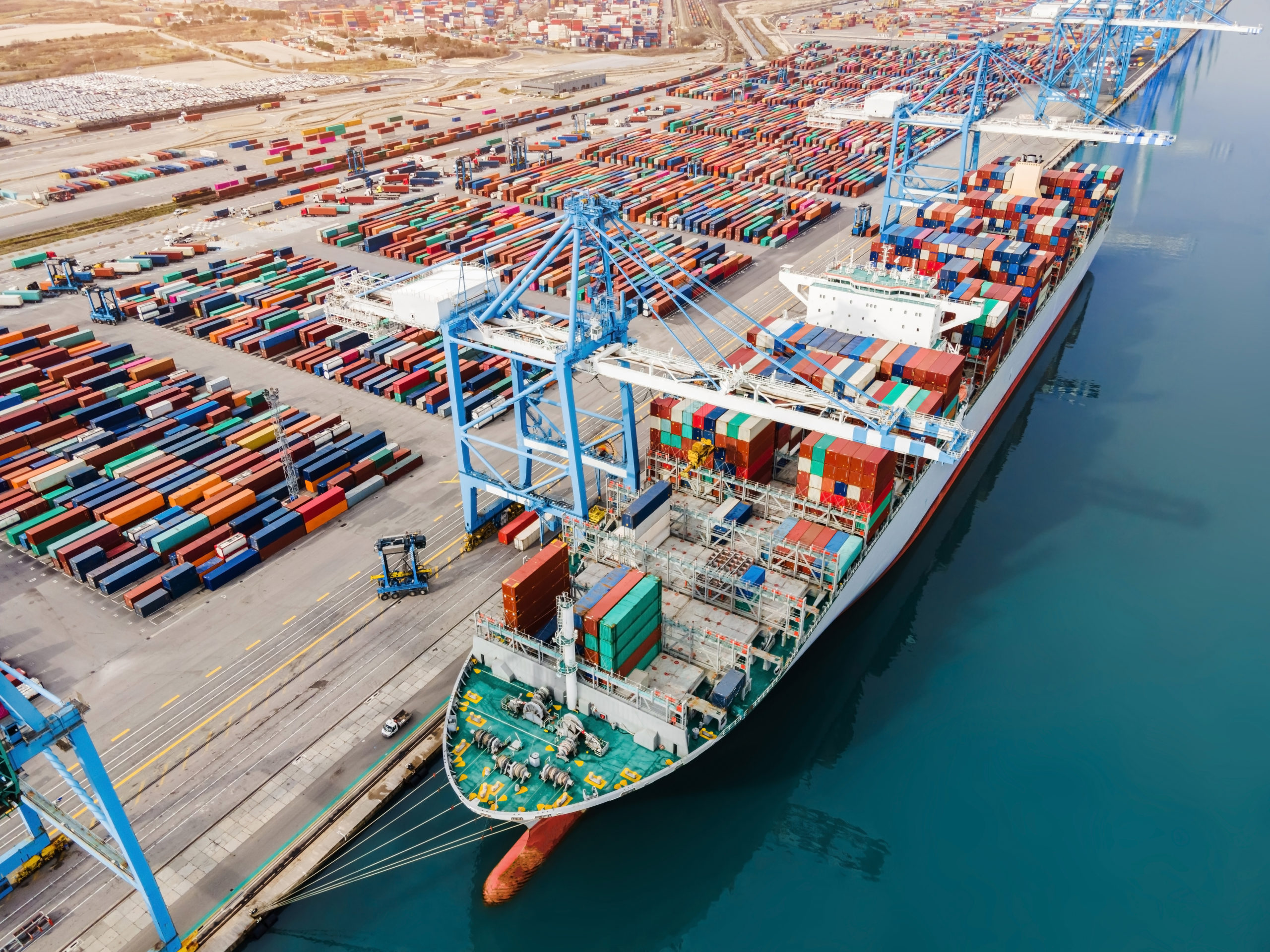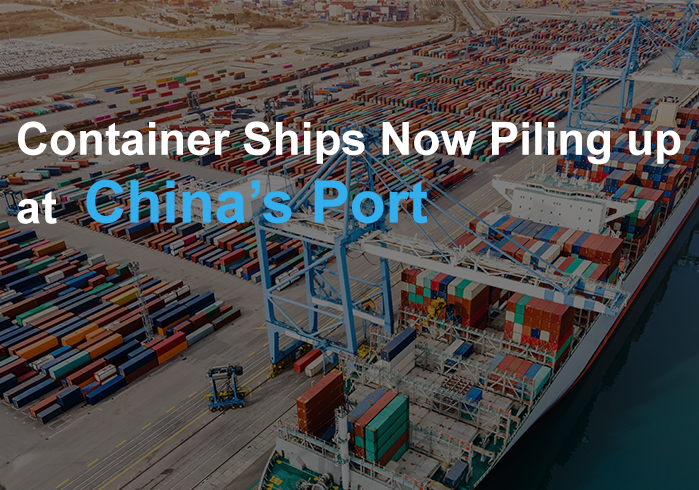
Intro
Reports indicate that more than 60 container ships are stuck offshore of Long Beach and Los Angeles. This is yet another blow to the shipping industry that has had to contend with the COVID-19 pandemic and several operational challenges in the last 24 months. It is reported that there are as many as 154 container ships that are still waiting to load export cargo off Ningbo and Shanghai ports in China.
In recent weeks, there has been a surge in the number of container ships that are anchored in China. Worldwide reports indicate that over 240 container ships are still waiting for berths. Experts offer a variety of explanations for this situation including the rise in export volumes, the pandemic, and Typhoon Chanthu. Regardless of the causes, the trans-Pacific trade has become a wild card of congestion and uncertainty.
Volatility of trade flows
Undeniably, trade flows have been volatile recently as US importers are worried about the congestion in China. There is a positive aspect regarding the delays in China in that they offer a bit of relief to the beleaguered ports of Long Beach and Los Angeles which have been struggling to manage all the cargo that is brought their way. Nevertheless, this remains a challenging situation.
The challenges started as far back as June when the COVID-19 disruptions held back operations at Yantian. At that point, the number of ships anchored at the San Pedro Bay in California were declining. Unfortunately, this was only a temporary relief because soon after there was a surge in the delayed cargo statistics.
Simon Sundboell of eeSea is of the view that there is a whiplash effect that is going to send the shipping industry into a spiral of operational challenges. Instead of having stability, the industry must adjust to wild swings that do not allow for effective planning. A congested system becomes unwieldy if there are too many changes that are happening too quickly. For the moment, it seems that ships are voting with their feet.
The ships will go where the money is
It is a truism of this industry that ships tend to follow the money. Where the demand and trade are high, the ships will congregate in those places, and this leads to congestion. Landside capacity has emerged as a major driver of congestion in both Asia and North America. Such capacity may include trucking, warehousing, and rail services. Nevertheless, there is an opportunity in the single ocean trade lanes which can be flexible and absorb some of the volatility in demand.
Even though the number of ships that are available across the globe is finite, there are opportunities for other adjustments that might relieve some of the pressure on the industry. For example, operators have demonstrated a history of changing their models to focus on the most lucrative trades. This is often indicated by a change in the shipping routes and the type of cargo that is prioritized.
In making a decision about where to place ships, the priority are those routes that are the most lucrative. A case in point is the trans-Pacific route where spot rates, including premiums, may currently go higher than $20,000 per forty-foot equivalent unit (FEU). Ships are now volatile and mobile assets, quite different from the stagnation of the 1990s. The fact that the trans-Pacific rate could fall from $2,000 to $1,500 per FEU in a week speaks volumes about the state of the industry 20 years ago.
The flexibility of allocation in modern times has sometimes led to price wars as suppliers run after buyers. As operators push their vessels to more lucrative routes, those journeys have become congested and logistical nightmares. Premiums may be increased for space even as the overall pricing strategy for the industry is flexible.
The number of services continues to rise
Meanwhile the number of services is rising. For example, East Asia-West Coast services have risen from 48 at the beginning of 2021 to 67 in late September. At the same time, lanes remain steady ranging between 42-46 between 2020 and 2021 resulting in ports that are struggling with queues. Ships are being withdrawn from other trades to service as extra loaders for the lucrative routes.
The industry is then faced with a complex mix of traditional shipping modalities and ships that are doing multiple round trips to create a hybrid that places additional burdens on schedules, services and loading. Experts are warning that ships are being pulled from the Asia-Africa and Asia-Middle East routes to instead serve the trans-Pacific trade. The line managers, based mainly in Europe, have an overall goal of maximizing the yield per container while minimizing the costs per container in this way.
Ship sizes keep shrinking
Meanwhile trans-Pacific ships are getting smaller, hence necessitating more trips. For example, the average capacity of ships on the Asia-West Coast route fell by 17% between January and September 2021. That was a reduction from 8,601 TEUs to 7,125. These statistics are consistent with research commissioned by American Shipper which indicated a drop of 24% (8,060 TEUs to 6,184 TEUs) between February and September 2021 for vessels at anchorage or drifting off Southern California.
Smaller vessels slow the supply chain and increase the risk of congestion. To enhance their trans-Pacific capacity some operators are even acquiring second hand ships or leasing some of the charter segment. Lucrative trades are being taken advantage of by lower-capacity ships from the Africa and Middle East.
Dangerous end game
This is a dangerous game that might create complete gridlock in the sector. There may be an imbalance in operations with some areas being starved of services while others are caught up in endless delays. Experts are hoping that the imbalances will eventually self-correct because the lanes that have been abandoned will soon become lucrative with the exit of many ships.
Lack of visibility
Another possible challenge will be the lack of visibility of some of the major carriers. For instance, the practice of blank sailings to chase lucrative return trips was exacerbated by the COVID-19 pandemic. Notice of cancellations was sufficient to make contingency plans but now congestion can happen at any moment without warning. The demand is there but the ships are held back in gridlock chasing lucrative routes.
Wrapping up
In the post-COVID 19 era, operators are concentrating on lucrative trades such as the trans-Pacific route. That means pulling ships from other subprime routes in Africa and the Middle East. At the same time, ship sizes are getting smaller. The result is congestion in the most lucrative ports and routes. Experts anticipate that the market may eventually correct this dangerous imbalance. If not, the shipping industry should brace for further delays and disruptions.


